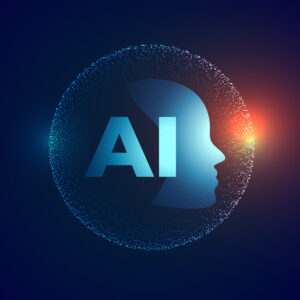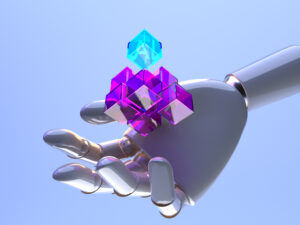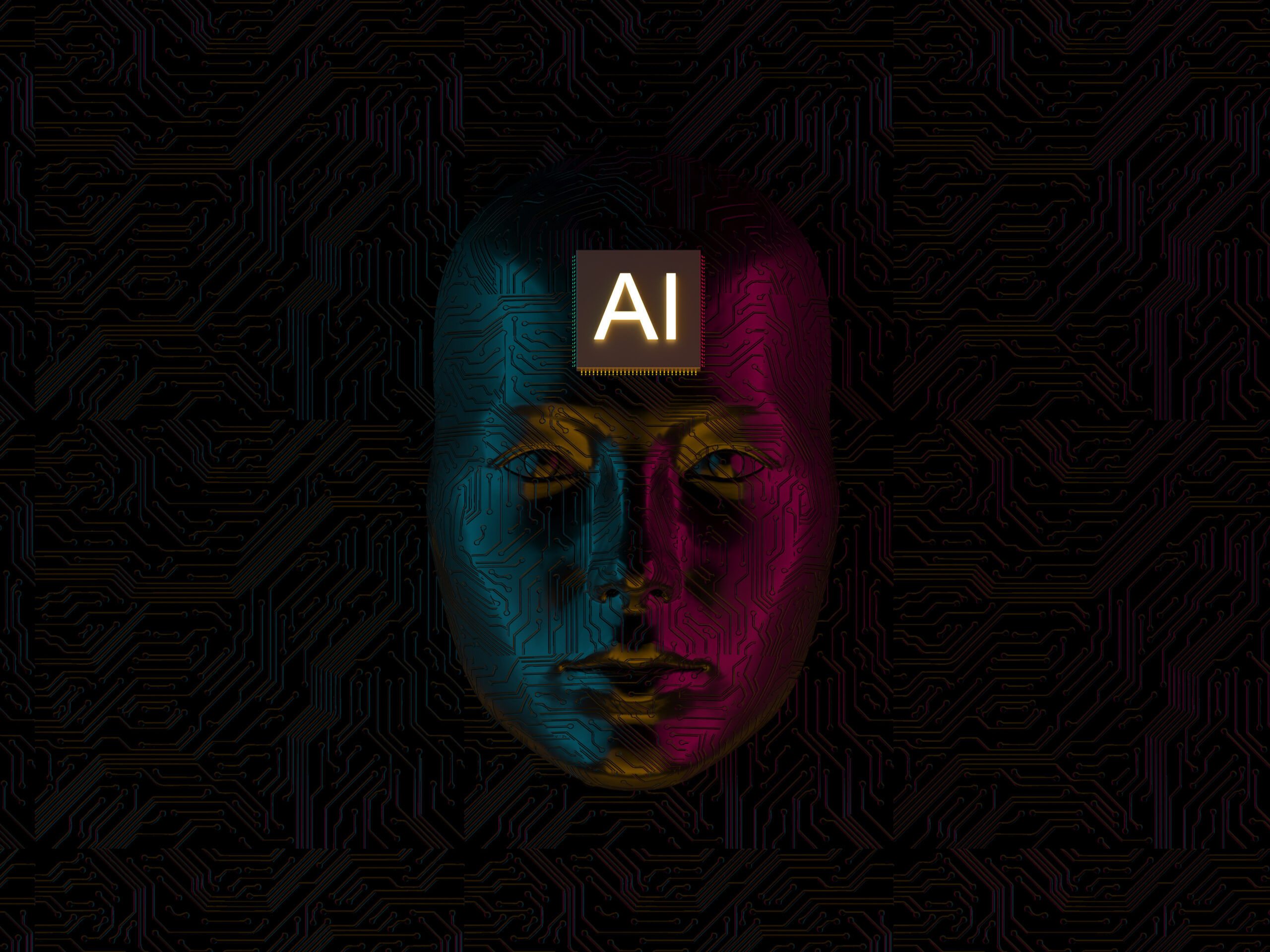The Transformative Power of Generative AI: Pros, Cons, and Its Impact on the World
Generative AI is one of the most exciting technological advancements of the 21st century. From creating realistic images and generating human-like text to composing music and even designing products, generative AI has demonstrated its ability to revolutionize various industries. But what exactly is generative AI, and how will it change the world? In this blog, we explore its capabilities, the advantages, and disadvantages it brings, and its potential to reshape society.
What Is Generative AI?
Generative AI refers to a subset of artificial intelligence that can create new content by learning from existing data. Unlike traditional AI systems that operate based on predefined rules, generative AI uses machine learning models—particularly neural networks—to generate unique outputs. Models like OpenAI’s GPT (Generative Pre-trained Transformer) and DALL-E are prominent examples, capable of producing text, images, and other forms of content.
The Pros of Generative AI

1. Enhanced Creativity
Generative AI can assist artists, writers, and designers by providing inspiration or generating initial drafts. Tools like ChatGPT can help authors brainstorm story ideas, while models like Midjourney create stunning visuals with minimal input.
2. Efficiency and Automation
From writing emails to designing complex architectural plans, generative AI automates repetitive tasks, freeing up human workers to focus on strategic and creative endeavors.
3. Personalization
In industries like marketing and e-commerce, generative AI enables the creation of highly personalized content—from targeted ads to tailored product recommendations—improving customer experiences.
4. Problem-Solving
Generative AI models are increasingly being used in scientific research, creating solutions for complex problems in areas such as drug discovery, climate modeling, and material science.
5. Cost-Effectiveness
Generative AI reduces the cost of content creation by automating processes that once required significant human labor, making high-quality output accessible to smaller organizations and startups.
The Cons of Generative AI
 1. Ethical Concerns
1. Ethical Concerns
Generative AI has been used to create deepfakes, misleading images, and false narratives. These applications raise significant ethical concerns, especially in politics and media.
2. Loss of Jobs
The automation of creative and administrative tasks could displace workers in industries like journalism, graphic design, and customer service.
3. Data Bias and Quality Issues
Generative AI models are trained on existing datasets, which may contain biases. As a result, these biases can be perpetuated or even amplified in the AI’s outputs.
4. Intellectual Property Challenges
AI-generated content often raises questions about ownership and copyright. If an AI model is trained on copyrighted materials, the legality of its outputs becomes a gray area.
5. Environmental Impact
Training and running large generative AI models require significant computational resources, leading to a substantial carbon footprint.
How Generative AI Will Change the World
1. Revolutionizing Industries
Generative AI is already transforming industries like healthcare, education, and entertainment. In healthcare, it assists in generating treatment plans and synthesizing new drugs. In education, AI-powered tutors provide personalized learning experiences. In entertainment, AI creates immersive content, from video games to virtual reality environments.
2. Democratization of Creativity
Generative AI makes high-quality creative tools accessible to people without specialized skills. Aspiring filmmakers, writers, and designers can now produce professional-grade work with the help of AI.
3. Accelerating Scientific Discovery
By processing massive datasets and simulating complex systems, generative AI accelerates research in fields like physics, biology, and climate science, helping humanity tackle some of its most pressing challenges.
4. Improving Accessibility
Generative AI can create tools for individuals with disabilities, such as generating real-time captions for the hearing impaired or creating visual descriptions for the visually impaired.
5. Changing the Nature of Work
While generative AI may displace some jobs, it will also create new opportunities. Roles focused on training, managing, and auditing AI systems will emerge, requiring a workforce skilled in AI literacy.
Conclusion
Generative AI is a double-edged sword, with immense potential to improve lives while posing significant challenges. As it continues to evolve, the world must find ways to harness its benefits while addressing its drawbacks. By implementing ethical guidelines, investing in education, and fostering collaboration between industries and policymakers, we can ensure that generative AI becomes a force for good—transforming our world in ways we can only begin to imagine.

